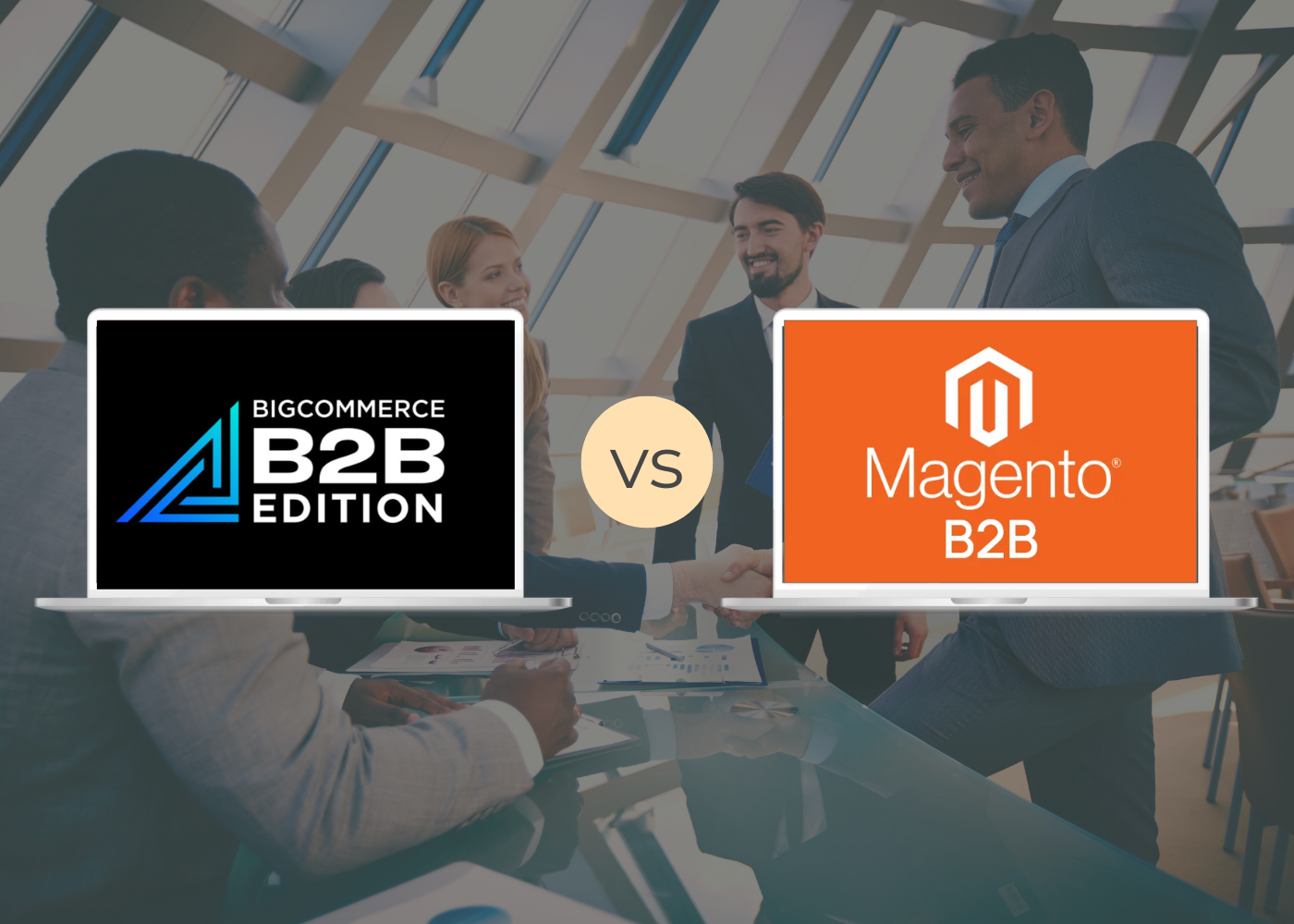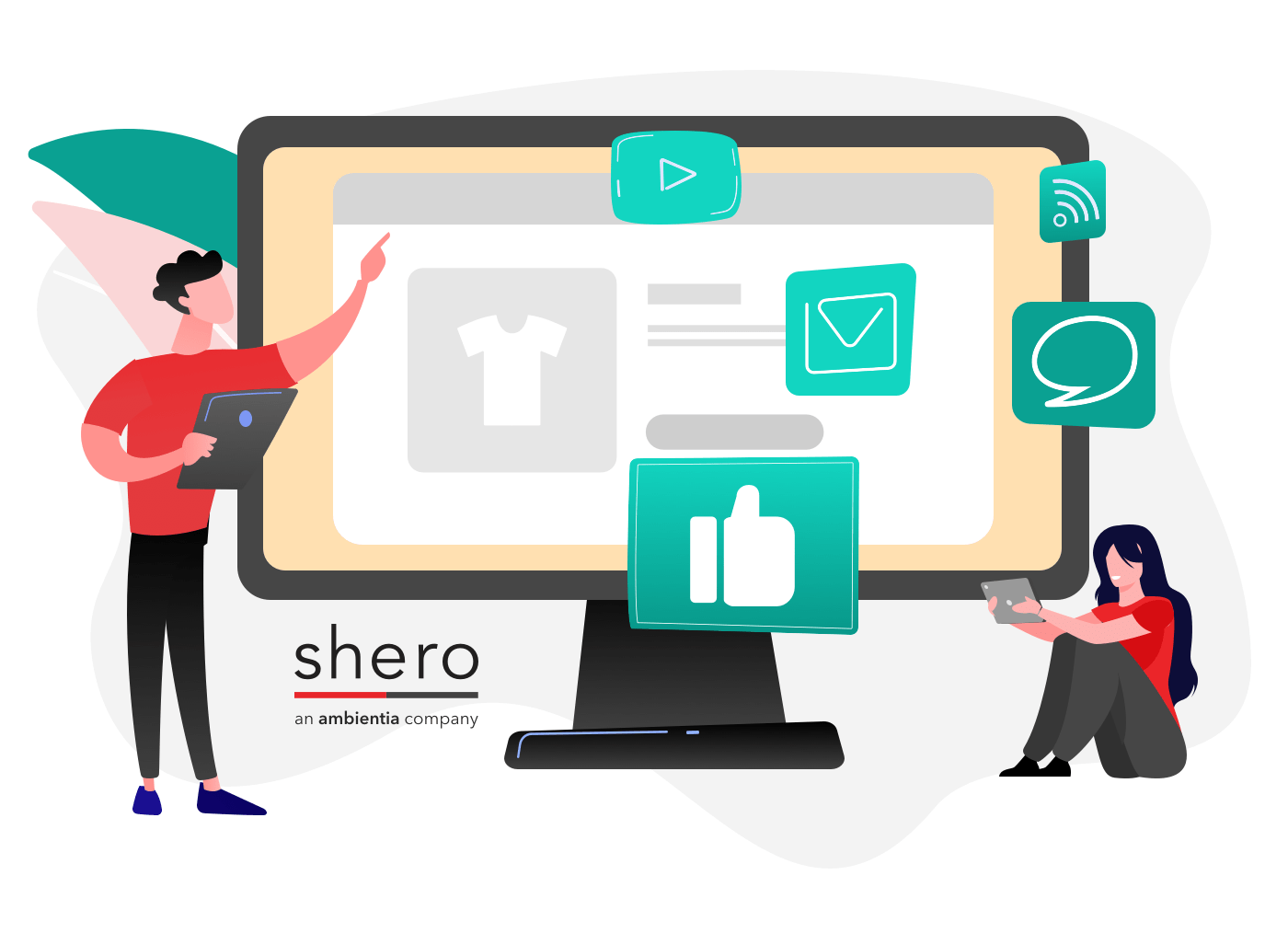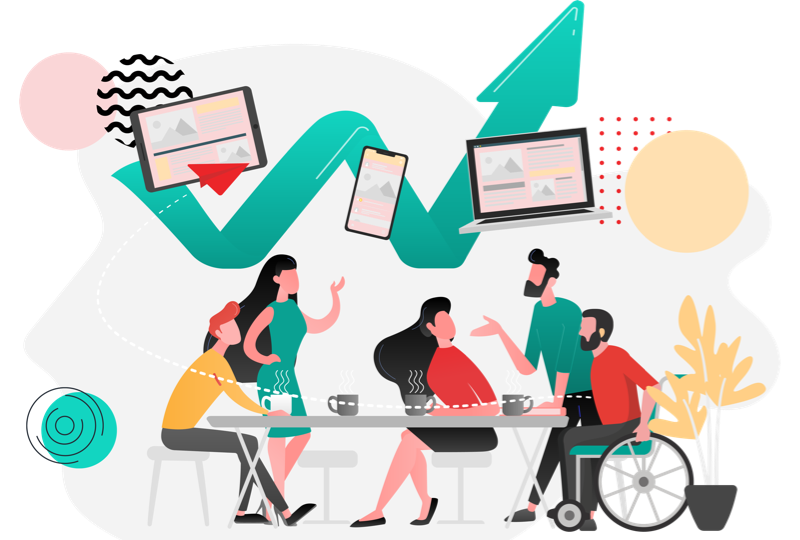We recently had two Shero teammates attend the annual WhiteLabel Expo in NYC, a conference and vendor event aimed at helping B2B brands build and expand their audience. While meeting B2B brands of various sizes, and from across a broad range of industries, we found some common pain points.
Many brands seem to be struggling with how to increase conversions.
For some, they’re on the brink of becoming a multimillion dollar company but need to just get over one last threshold.
Others have already found success with a devoted B2B audience, but want to expand to white-labeling or D2C.
It was also common to find parent companies that lack a consistent way to showcase their family of brands.
In this post, we’ll address common issues we found among B2B companies, and offer actionable advice and tips on how to fix them.
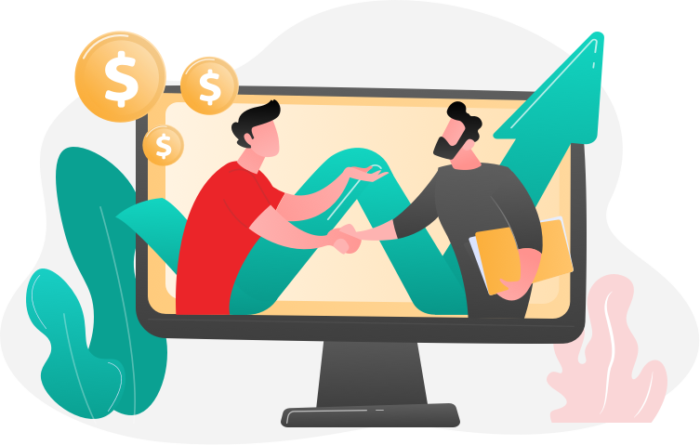
First, we’ll share a little about B2B white-labeling, and about the WhiteLabel Expo itself.
What is White-labeling?
White-labeling refers to a product or service that’s produced by one company and rebranded another — as if the latter had created it. According to Wikipedia, “the name derives from the image of a white label on the packaging that can be filled in with the marketer’s trade dress”.
Pros and Cons of White-labeling
White-labeling sounds like a win-win situation: a manufacturer produces and sells to a company, a company rebrands and makes a profit.
But it’s not as simple as it may seem.
Here are some advantages and disadvantages of white-labeling.
Pros:
Higher recurring revenue
Since stores can discount a white-labeled product, there’s a higher chance of increased sales and bulk-order purchases.
Targeted product lines.
By using whitelableed products, companies can brand their offerings specifically to a target customer or demographic to increase sales or tap into that market.
Better quality for less
Since you can discount a white-labeled brand, you’ll remain competitive against high-end retailers or popular brand names. The products might be or work the same, but the customer might go for the lower-priced option.
Cons
Brand confusion
Some lesser-known brands will create similar looking labels to top products that can be so close in appearance that an unwitting shopper might select the wrong product. Good marketing is not meant to be misleading.
Deceptive branding
A company can white-label under an existing name, but also create several other branded versions, flooding the market with one product that is exactly the same as others, not allowing fair market participation for true additional brands. This is an unfair advantage that deceives buyers.
What is the WhiteLabel Expo?
This annual event takes place in NYC, Las Vegas, and other locations at different dates throughout the year. This year, the NYC expo brought together thousands of online sellers, suppliers and buyers from across the country and around the world to learn, network, and engage with new potential partners. For brands who white-label or are looking to get into white-labeling, the event offered the opportunity to come face to face with thousands of the world’s top suppliers and try, touch and test a multitude of products.
What to expect at the WhiteLabel Expo:
- Top-name keynote speakers
- Additional learning in seminar sessions
- Thought-provoking panel sessions
- Hours of networking opportunities
- A post-event awards ceremony
Now, let’s dive into some solutions to eCommerce issues that many B2B brands expressed frustrations over.
4 Ways to Increase B2B Sales and Conversions
1. Showcase A Family of Brands With A Multistore Website
If you own a parent company and want to increase efficiency for operations and sales around a family of brands, or have multiple brands that fall under different business model segments — B2B, D2C, and so on — you can benefit from a multistore.
What is an eCommerce multistore?
To put it simply: A multistore website is one site that houses multiple brands, accessible by a simple tab switch.
A multi-storefront approach allows you to build a stronger brand by merging audiences while keeping storefronts separate.
Gap.com is one example. The Gap family of brands includes Banana Republic, Old Navy, and Athleta. On the Gap website, you’ll see individual tabs for each brand — but since they share a storefront, they also share a shopping cart.
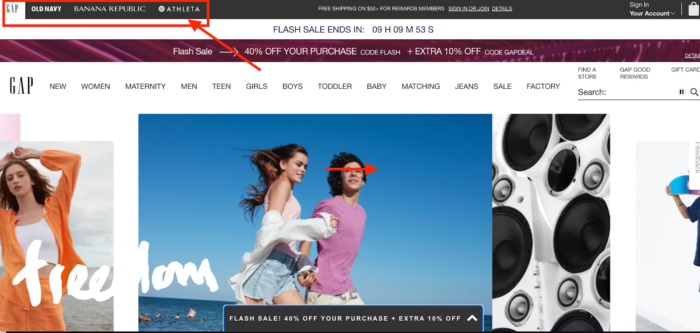
Yes, each individual store is aimed at its own demographic. But this allows for crossovers as interests, age, and body type changes, or for easy holiday shopping for multiple gift recipients.
Gap is a B2C brand, but as a B2B example, we recently built a multistore on Adobe Commerce for our client Justrite.com.
Previously, Justrite supported separate Magento Open Source online stores for four different brands under the umbrella of Justrite Safety Group. Shero’s task was to merge each of the brands into a single unified site, while still retaining the independent brand’s stock, merchandising, and fulfillment.
In this case, each store would retain its own catalog, but be powered by a single shared-checkout process. This means that an order can contain one or more items from each of the four store views, all combined into a single cart.
View our approach in this case study.
Benefits of a BigCommerce multistore eCommerce website
BigCommerce also offers a multistore capability that can expand your business’s reach, broaden your demographic base, and allow you to manage each brand from one place.
And not just sales management. You’ll also reduce operational costs and increase efficiency by managing each store on the same dashboard, reducing integrations and ongoing maintenance.
According to BigCommerce, from a single BigCommerce dashboard, you can:
- Create/manage multiple storefronts
- Make products available on one or multiple storefronts
- Manage customers and orders
- Track storefront analytics and data insights
Across each storefront, you’ll unlock capabilities to:
- Customize themes, widgets, scripts, social links, and pages
- Update the default currency
- Personalize emails and manage subscribers
- Build custom pricing for specific customer groups
- Connect a distinct domain and SSL certificate
Interested in learning more about migrating to a multistore? Contact us today.
2. Increase B2B Conversion Rate Through Better Data and Design
The best marketing strategies consistently convert website traffic into repeat customers — also known as increasing conversions. What’s the best way to increase conversions? By understanding the data behind your target customers’ behaviors and needs, and matching your products to their needs.
For instance, here at Shero we offer a service called Conversion Rate Optimization (CRO) in which we use technology to determine data-backed strategies to increase conversion rates and customer retention.
What is Conversion Rate Optimization (CRO)?
Conversion Rate Optimization (CRO) is a strategic approach to ensure that your site is ultimately set up to increase site conversions. That means a better customer experience that leads to more sales and better retention.
Your conversion rate is the percentage of site visitors who make a purchase, and there are plenty of opportunities to increase that number.
What are some examples of CRO strategies?
- A/B Testing or Multivariate (MVT) Tests
- Personalization Tests
- Analytics review for A/B testing
- User experience analysis
- A Conversion Rate Optimization (CRO) roadmap
We love this definitive guide to Conversion Rate Optimization.
Increase Conversions with Better UX
Powerfully creative UX and custom design can create a highly personalized customer experience. This, in turn, increases loyalty and drives sales for your online store.
Enhance user experience (UX) by implementing a strategy that anticipates and fulfills the needs of your ideal customers. Interact with them through every part of the buyer journey.
First, use market research to understand your target customers’ needs, goals, and behaviors.
Using this data, create a roadmap to achieve your business goals through an omnichannel customer experience. From there, test, analyze, create content, and review engagement to ensure your goals and your customers’ needs are mutually met.
3. Streamline Your B2B Store Checkout process
The number one way to reduce abandoned carts is to make the checkout process fast and easy. Reduce the number of barriers between browsing and buying. Some of these barriers include extra logins, creating an account with multiple required fields to fill in, pop-ups to sign up for a newsletter, and so on.
Offering a single sign-on or one-step checkout with Amazon Pay, for instance, allows customers to add a product to their cart, select checkout, and purchase quickly with preleoaded information like shipping address/zip and credit card info already stored.
Post-purchase experience is just as important. Reliable shipping, in-store pickup, and more are all expected as a part of a high-end customer experience. We’d even say that accurate shipping rates in checkout are crucial, especially when offering multiple shipping methods.
We partnered with ShipperHQ, one of our favorite integrations, to offer an explainer video that discusses “5 Ways to Increase Customer Experience at Checkout”
You can view the video below, or read a transcription here.
4. Increase Website speed
Google started using site speed as a ranking signal in their algorithm more than a decade ago, and it continues to be a factor that effects your SEO and ranking.
Site speed reflects how quickly an internet site responds to web requests. In the past, three seconds didn’t seem like such a long time, but in our fast-paced, on-demand world, a three-second load time can negatively impact your website by reducing customer experience (CX).
There are various reasons why your site speed might be slower: photos are too large, too many large videos, and certain backend settings — you can learn more about that in our post here.
A simple fix? Check your image sizes in your landing pages and your product pages. Websites don’t require high-resolution images, running sizes as big as 1MB and more. Save those images for print ads and publications. Optimize your photos and videos for web and you’ll see a huge difference.
Sometimes, it’s a website theme issue.
Here’s an example.
Our client House of Staunton had a large amount of products in their catalog, and images were already the ideal size for web. So, why was it taking six seconds for a landing page to load?
We provided this fast-growing business a migration to Adobe Commerce using the super-fast Hyva theme, known for enhanced speed and performance.
After launch, we saw site speed vastly improve from 6-7 second delays to about 1 second load time. Plus, a new design made the UI simple and straightforward, with a more streamlined checkout — which as we mentioned above, can help increase conversions.
What were the results?
- Site sessions increased 100% over previous year
- Revenue increased 43% one month since launch and 87% over previous year
- Average time to load web pages decreased by 61% from previous year
Learn more about their story here.
As a B2B business, what are some of your top concerns about building your business online?
Leave a comment below, or reach out to a team member directly for advice and a new strategy to increase sales and conversions.
Gentian, CSO and co-founder of Shero Commerce, guides the company and client digital strategies. He's an expert in technical SEO, Inbound Marketing, and eCommerce strategy.


